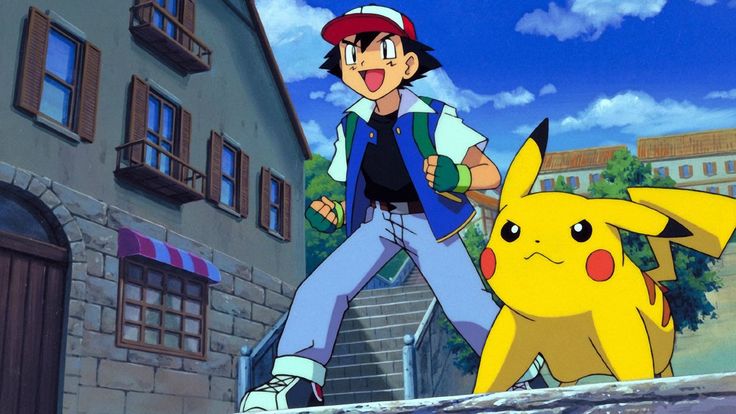Joseph MackayMonday 16 January 2017
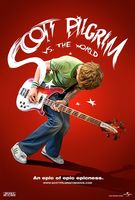
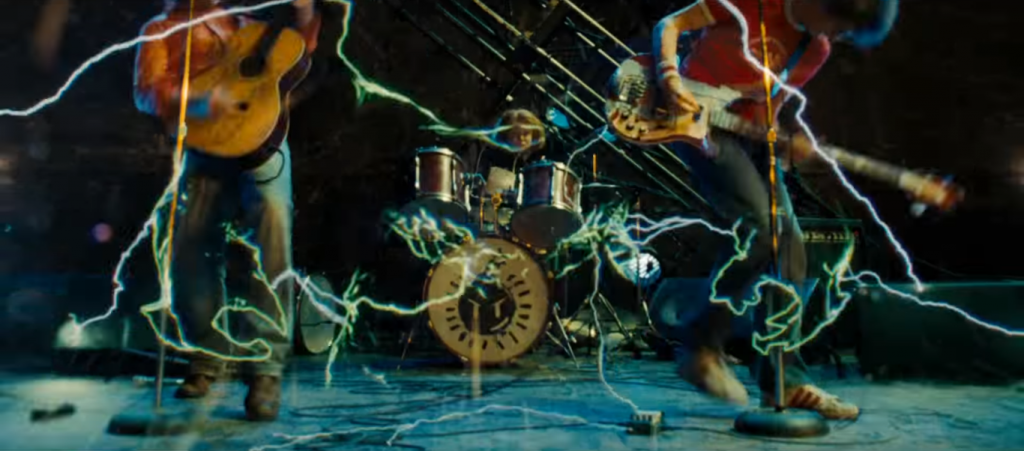
Scott Pilgrim vs The World, a film based on Bryan Lee O’ Malley’s six graphic novel series of the same name, is about the titular Scott attempting to win the heart of a girl named Romana Flowers – to accomplish this, he must defeat her ‘seven evil exes’. As the narrative is mainly structured by these ‘battles’, this is Scott’s battle with both Ex 5 and Ex 6 respectively: The Katayanagi twins. Contrary to the graphic novel, to which the majority of the film remains faithful, the film has Scott fighting the twins in a Battle of the Bands; rather than fighting their graphic novel robot henchmen. The representation of animals, particularly mythical, is very interesting in this scene; not just representative of people, but representative of a fight, integrating a plethora of cultural allusions and historical backgrounds.
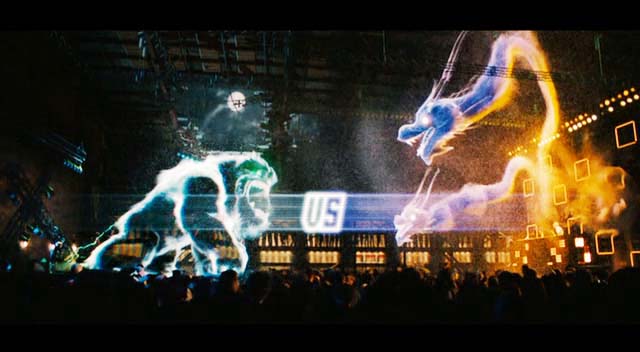
In this Battle of the Bands, both acts play simultaneously. This is likely where the artistic decision to have each act represented by an animal of sorts originated, to represent the concept without subjecting the audience to musical discordance. As the twins play their synthesisers, the two serpent-like Japanese dragons that feature on their logo materialise from of the screen behind them and proceed to destroy Scott’s stage. After being subject to the attack and motivated by the sight of his girlfriend in the crowd with another man, Scott hits his distortion pedal mid-song, and their own Avatar materialises. Interestingly, this monster has green eyes to represent Scott’s particular jealousy.
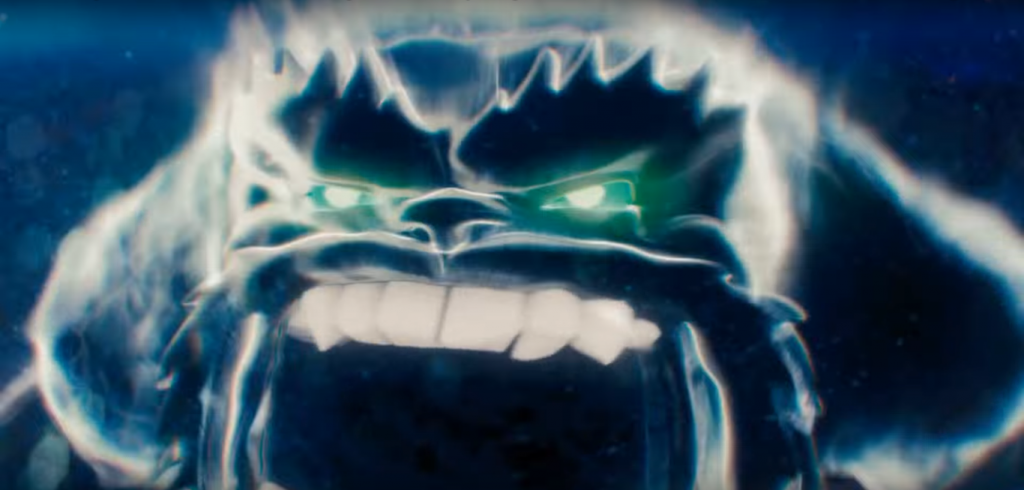
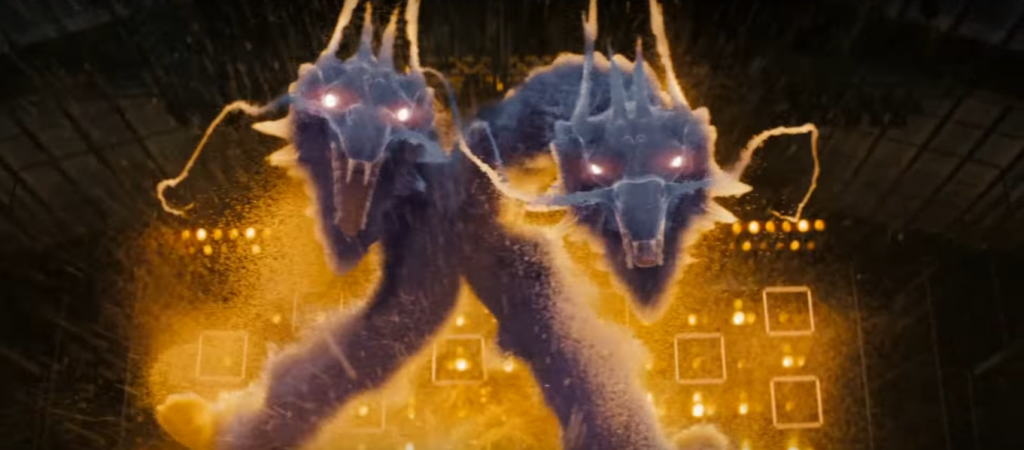
The logic behind these giant fighting monsters materialising into the air is never actually explained by the film, it is simply accepted as a possibility on the film’s world, which takes many artistic liberties with the bounds of the universes’ reality, such as enemies exploding into coins upon death. Scott Pilgrim wears many of its references (primarily relating to Japanese and Video Game culture) on its sleeve. The audience know that the characters can see these fighting monsters through subtle differences such as changes in lighting and reflections in glass, but also the sheer fact that the dragon literally tears the roof off the building.
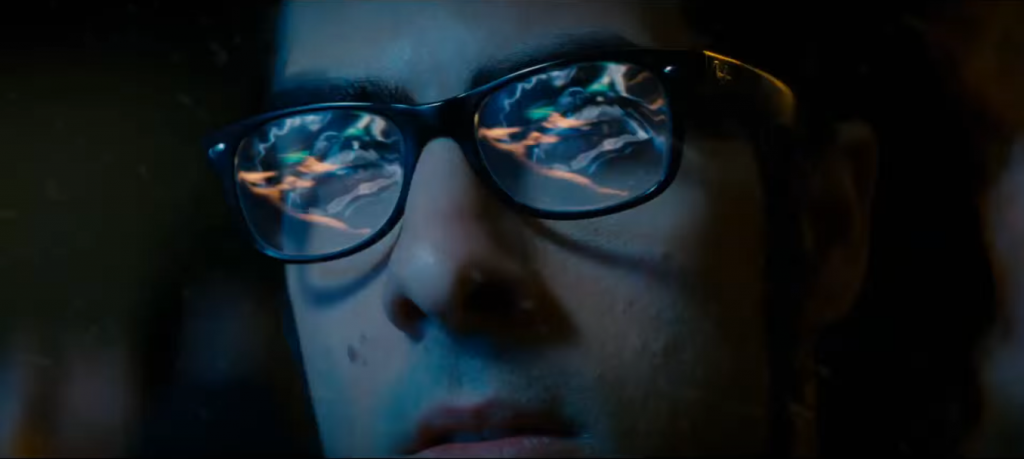
The concept of colossal monsters fighting as a means of entertainment relates to Japanese B-Movies such as Godzilla vs. Mechagodzilla, and their integration into the scene adds to the overall style of the film, particularly a nod to the Japanese nationality of the twins. Similarly, when the twins are defeated, a pixelated score rises above them – referencing fighting video game culture (particularly a 1987 Arcade Game, the aptly named Double Dragon).
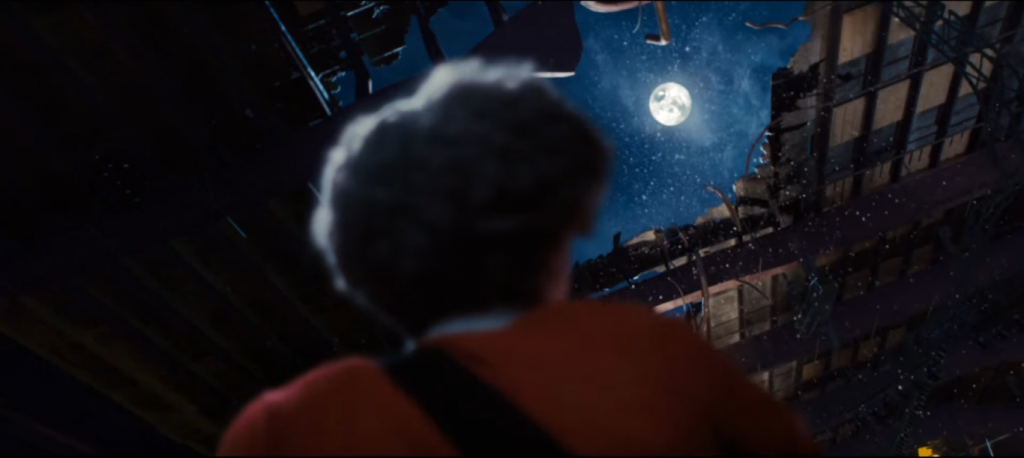
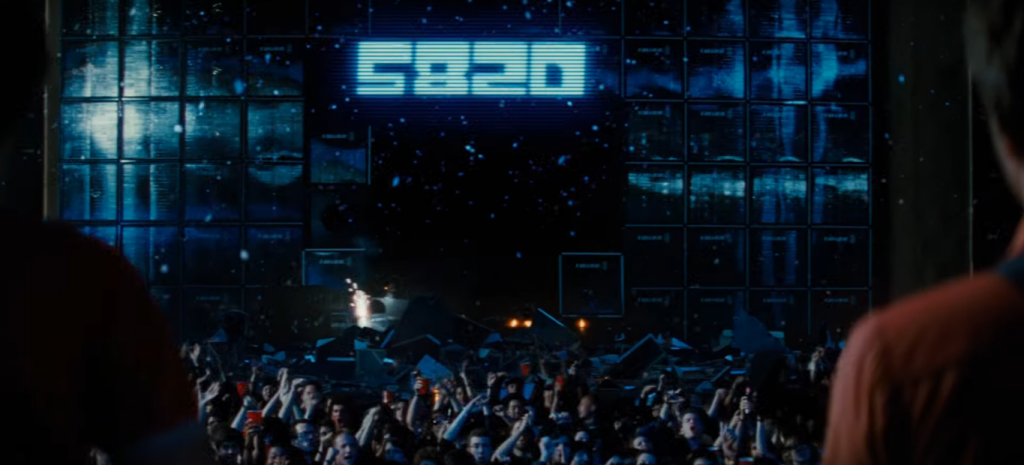
Whereas the twins have two dragons, once each (interestingly Ice-breathing Dragons, a potential reference to the film’s cold Canadian setting), Scott’s Band just has one monster between them, which appears much more Western in mythological origin – closer to folklore of the Yeti, for example. Frequent use of split screen for the Twins and triple split screen for Scott’s band demonstrate how they work as a unit to create a more powerful creature.
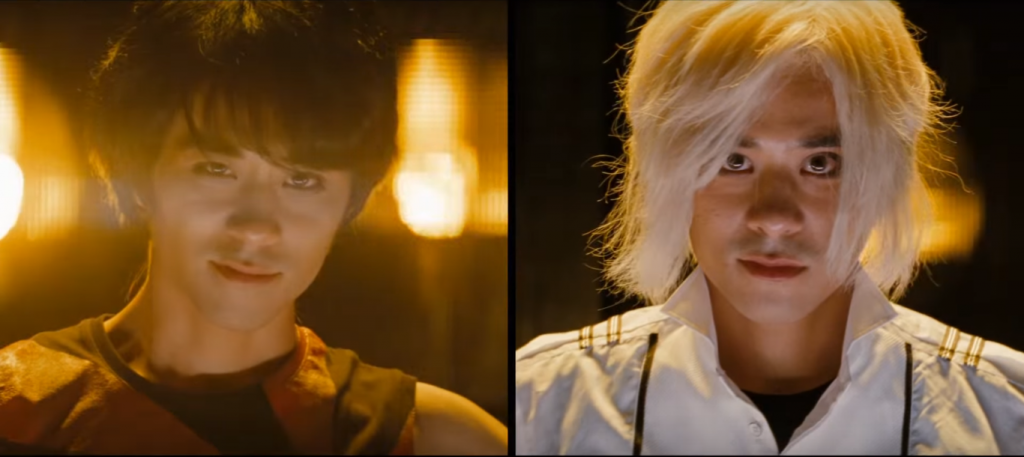
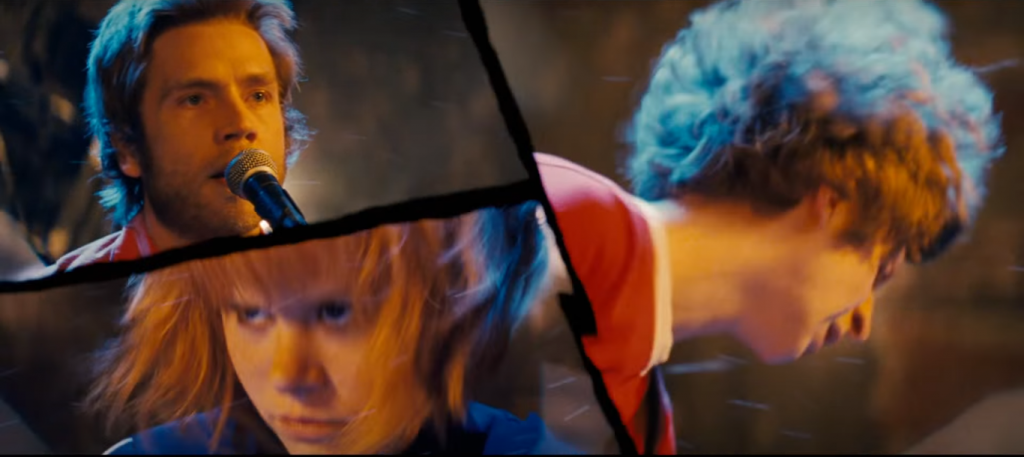
The giant fighting monsters in Scott Pilgrim act as a visual spectacle. Numerous King Kong and Godzilla reboots over the years prove the simple popularity of giant monsters causing havoc among audiences the world over. The behavior of these animals is simply to fight on behalf of humans, and attack each other at human commands, not dissimilar to the idea of a pokémon battle, for example. Not only is this a representation of two fictional animals in a film, they’re also fictional in the world of the film, and appear as sonic extensions of the human imagination. The animals display a desire for violence across multiple cultures, and also act as an outlet for such violence.
